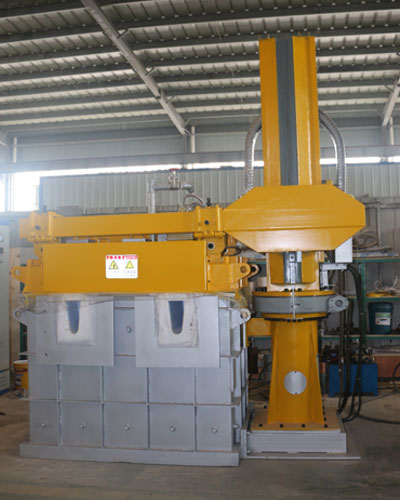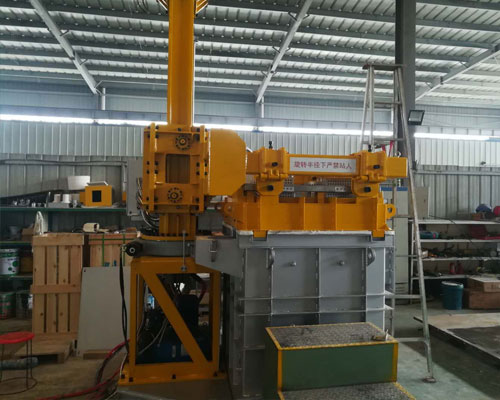Aluminium degassing equipment has brought great breakthrough in automation, high efficiency and cost-effective degassing. The principle of these machines requires the rotor to produce very small inert bubbles that are evenly and evenly distributed throughout the molten metal pool.
Aluminum foundries have long recognized the need for effective flux gas treatment to remove hydrogen and impurities. Therefore, the recent development is to meet this requirement and achieve the best degassing efficiency.
Aluminium degassing equipment removes these undesirable components by bubbling the normally nitrogen gas through the molten metal.
The gas is usually introduced through the degassing rotor, which reduces the bubble size and disperses nitrogen throughout the molten metal bath. As the resulting bubbles rise through the molten metal block, they absorb the hydrogen dissolved in the metal and remove it from the melt. In addition, non-metallic solid particles are blown to the surface due to the floating effect of bubbles, and then can be removed by skimming metal. Silicon nitride is used as degassing rotor in aluminum degassing equipment. The degassing rotor is assembled in two parts with independent shaft and rotor head. With the decrease of rotor head geometry, the dehydrogenation efficiency will decrease with time. Finally, the efficiency of the rotor head decreases and the shaft thins to the breaking point, so the rotor assembly must be replaced.
Considering this failure mechanism, the efficiency of rotating degassing process should be improved by improving material and rotor head design to prolong rotor life and maintain its performance.

Aluminium degassing equipment is the best choice for purification and degassing of molten aluminum in aluminum alloy industry. According to Rusal process engineers, molten aluminum is highly reactive, so when aluminum comes into contact with moist air or wet tools, water decomposes and releases hydrogen from the melt.
Excessive dissolved gas will have adverse effects on the mechanical properties of the final aluminum castings. Anyone who makes castings knows that dissolved gases have an important effect on the distribution and number of holes and shrinkage. The level of dissolved hydrogen must be controlled to reduce waste. In order to control the gas in the aluminum, the metal caster must accomplish two things:
- Prevent and reduce hydrogen from entering the melt.
- Measure and remove hydrogen before pouring.

